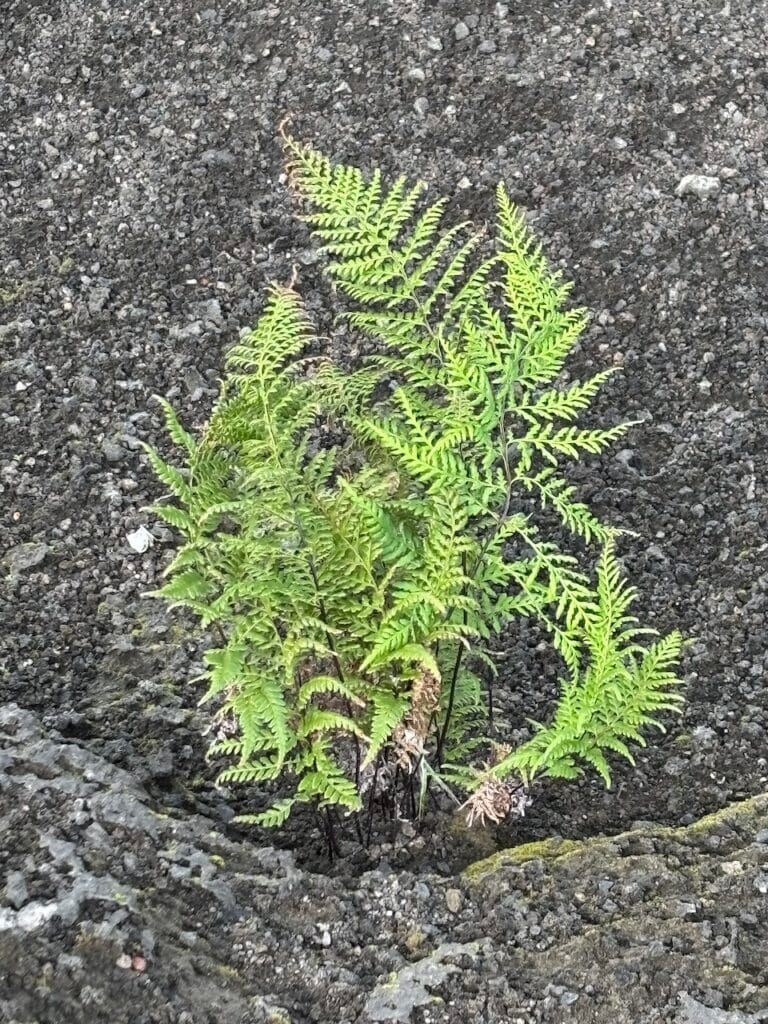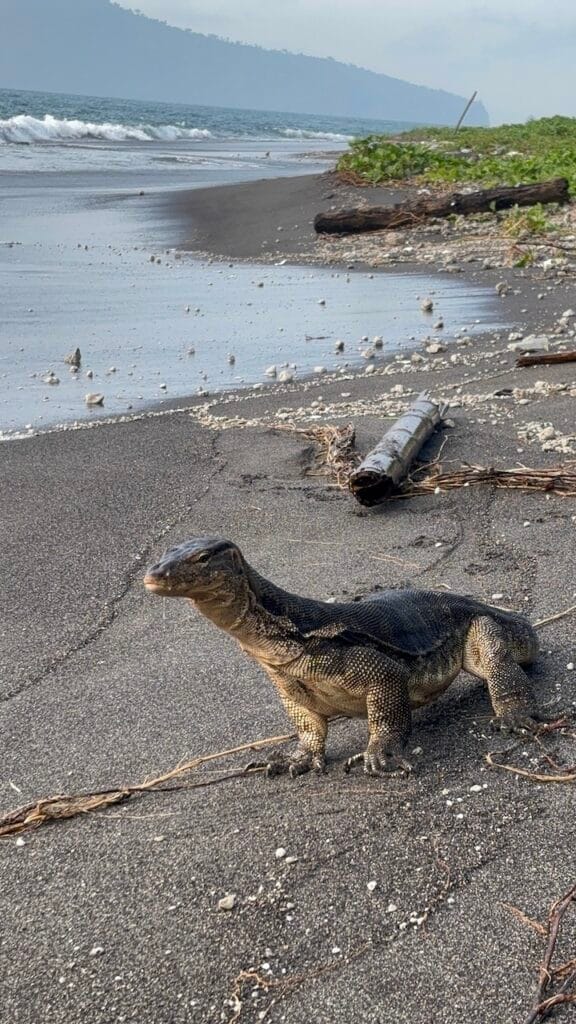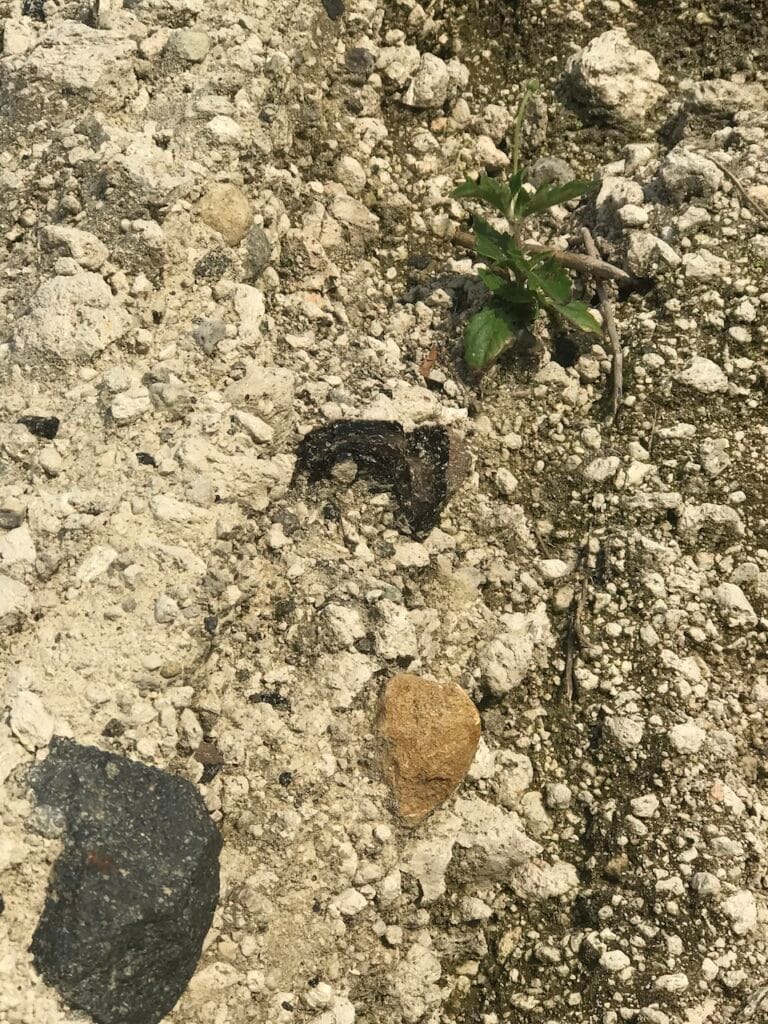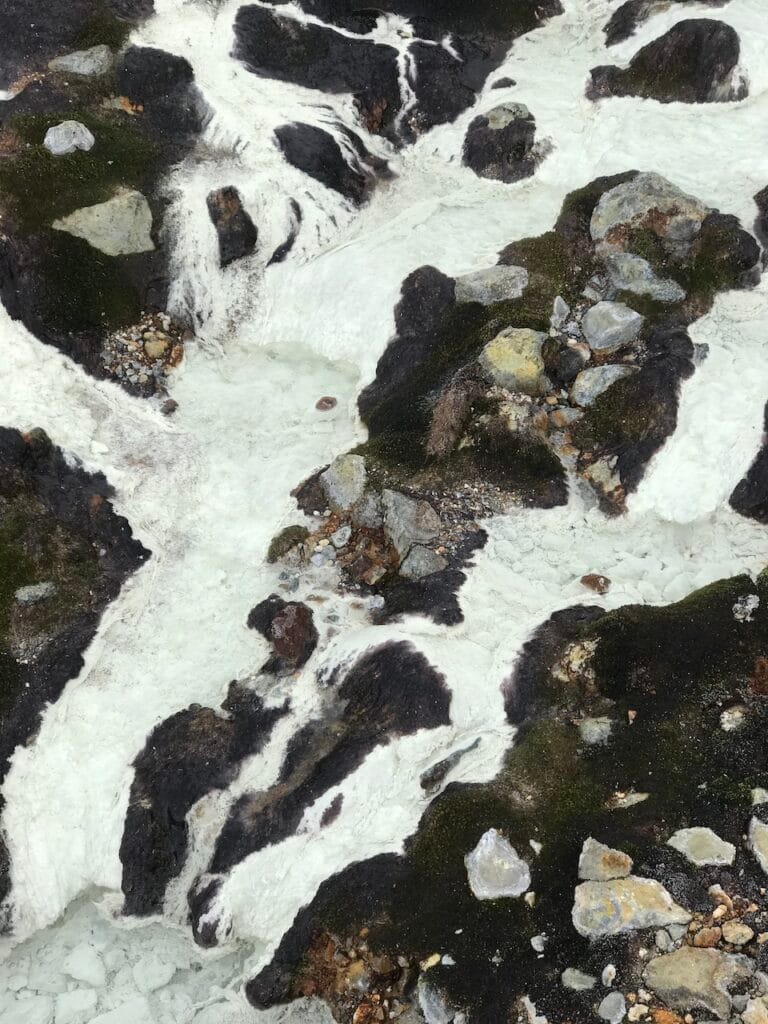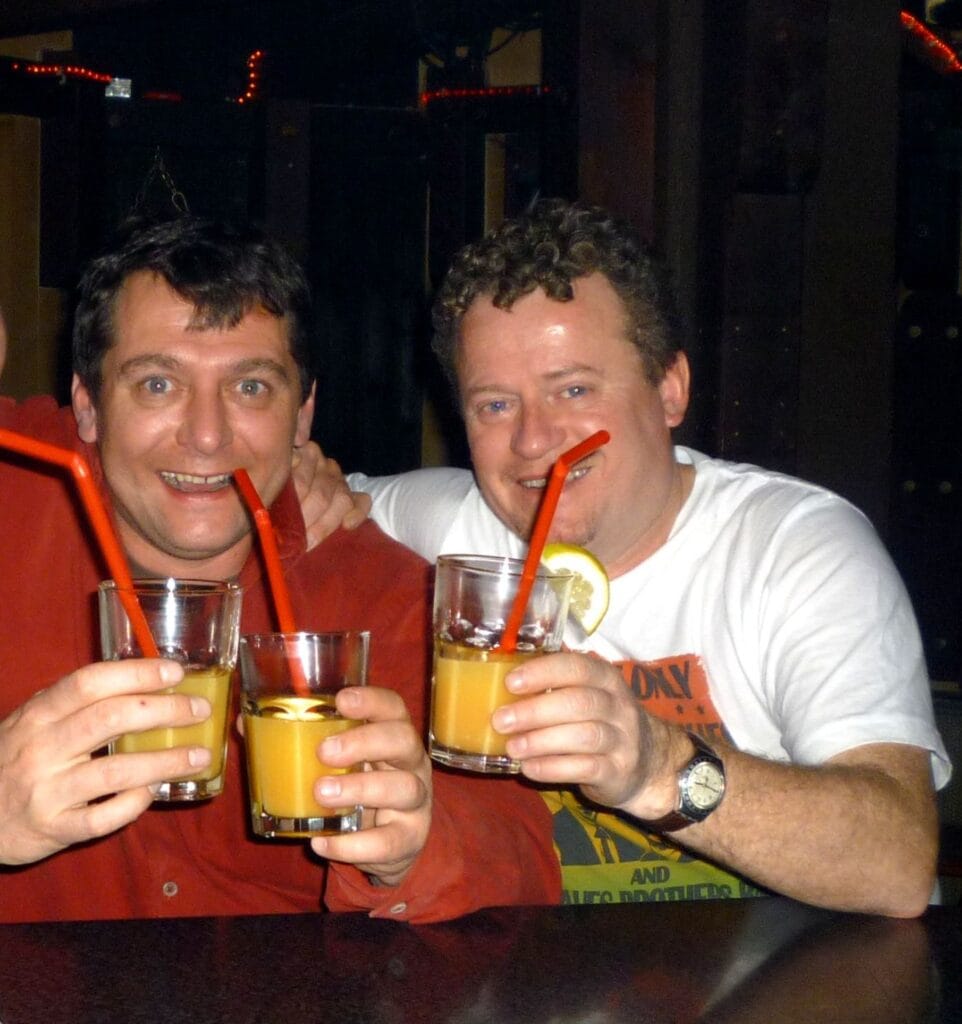
Few places on Earth capture the raw power of nature like Krakatau. In August 1883, the volcano unleashed one of the most violent eruptions in recorded history. The explosion was so massive it destroyed two-thirds of the island, created tsunamis over 40 meters high, and killed tens of thousands of people along the coasts of Java and Sumatra. The sound of the eruption was heard as far away as Australia and Mauritius, over 3,000 miles distant, and the shockwaves circled the globe multiple times. Ash rose more than 25 kilometers into the stratosphere, dimming the sun and changing sunsets around the world for years. The Krakatau eruption of 1883 remains a symbol of nature’s unimaginable power.
But Krakatau did not die that day. From the sea floor, new volcanic activity slowly gave birth to Anak Krakatau – the “Child of Krakatau”, which began rising in 1927. Over the years it grew into a small but active island-volcano. In 2019, Anak Krakatau erupted again violently, collapsing part of its structure and once more sending deadly waves across the Sunda Strait.
Between 2000 and 2025, I was fortunate enough to visit Krakatau four times. Each journey was a true expedition. We trekked through dense jungle on the remnants of old Krakatau, searching for lava bombs, obsidian, and other relics of the 1883 eruption that still lie scattered across the land. Standing only 300 meters from Anak Krakatau during eruptions, I felt the ground tremble beneath my feet and watched fire and ash shoot into the sky — an awe-inspiring reminder of how alive this landscape remains.
The islands are uninhabited, wild and untamed. To experience them, we camped on the neighboring island of Sertung, falling asleep to the constant rumble of the volcano and waking to the smell of ash on the sea breeze. These were moments of raw exploration, where nature dominates completely.
From these adventures, I’ve brought back extraordinary volcanic specimens:
- Obsidian – formed when molten lava cools so quickly it becomes volcanic glass, sharp, glossy, and jet black.
- Pumice – a lightweight stone filled with gas bubbles, created when lava rich in gases erupts violently and solidifies in midair.
- Volcanic lava rocks & sand – dense, rugged fragments of solidified magma, shaped by fire and erosion over time.
Each piece is a tangible fragment of Krakatau’s history — born in fire, carried by the sea, and waiting to be part of your collection.
You can discover these unique treasures in my Etsy shop (SaharaGems) — collected with care and the spirit of adventure by a small family business. Every specimen holds a story, not only of a legendary eruption, but also of the journeys we took to find them.
























